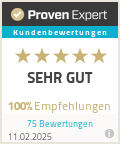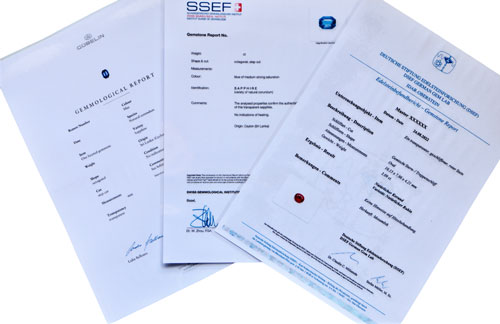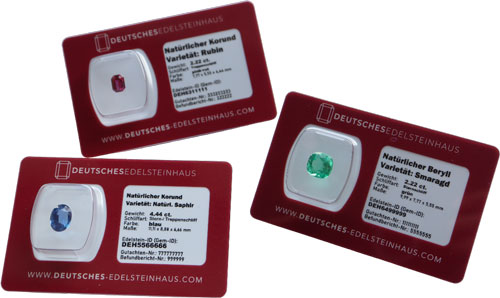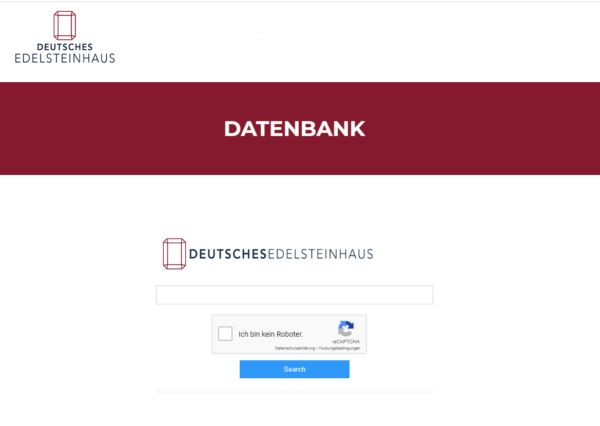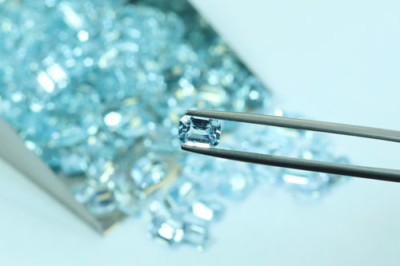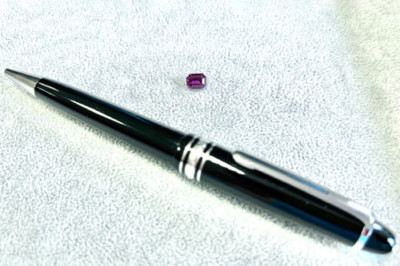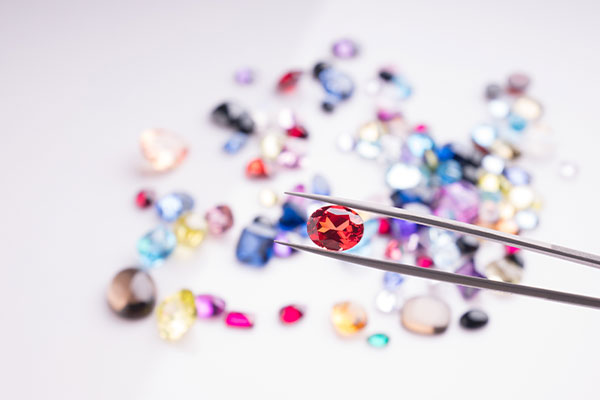Ethical Standards
2 Time Independently Certified
Stable Value Retention
400+ Happy Customer
Buy colored gemstones: Discover gemstone investment now!
Gemstones have been among humanity’s most coveted treasures for millennia. They fascinate with their unique luster, rare colors, and robust durability. This is one of the reasons why they have been considered a safe store of value for more than 5,000 years – and even today, colored gemstones such as aquamarine, emerald, and ruby continue to prove an attractive alternative for investors seeking tangible assets to diversify their wealth.
Below you will learn which factors influence the value development of gemstones, why this form of investment has a lasting appeal, and what comprehensive services the German Gemstone House offers you to make your investment in gemstones safe and transparent.
Our selection of investment colored gemstones
Aquamarine
Aquamarines belong to the beryl family. They are the blue variety of it. The coloring element is iron. The name beryl comes from the Greek.
Mandarin garnet
Mandarin garnet belongs to the garnet family and is an orange colored variety of it, which gets its name from its color.
Morganite
Morganites belong to the beryl family. They are the pink variety of it.
The coloring element is manganese.
Paraiba Tourmaline
Paraiba tourmaline belongs to the mineral class silicates. It is named after the state of Paraíba in Brazil, where it was found in the 1980s.
Peridot
Peridot is a solid solution of the end members forsterite and fayalite and varies in its color spectrum from yellow-green to intense green.
Ruby
Rubies belong to the corundum family. They are the red variety of it. The name corundum is of Indian origin, derived from the Sanskrit “kuruvinda”.
Sapphire
Sapphires belong to the corundum family. Blue sapphires are the blue variety of it. The name corundum is of Indian origin and translated means “hard stones”.
Emerald
Emeralds belong to the beryl family. They are the green variety of it. The name beryl comes from the Greek and is the eponym of the “glasses”.
Spinel
Spinel comes from the mineral class of oxides. The spinel owes its name to its octahedral growth form, which means thorn or point.
Tanzanite
Tanzanite belongs to the mineral species zoisite. The name was given by Abraham Werner in 1805 after Baron von Zois, who first found the mineral zoisite in the Alps.
Tsavorite
Tsavorite (also called tsavolite) is a green garnet, which was named by the Tiffany company in New York in 1974 after its occurrence in the Tsavo National Park in Kenya.
Tourmaline
Tourmalines belong to the most colorful gemstone family. Green tourmaline (verdelite), as well as pink colored tourmaline (rubellite) are varieties of the tourmaline family.
Important facts about gemstone investments
Exclusive rarity : Only 2–3% of all gemstones are suitable as investments. The majority of mined colored gemstones are used for jewelry and are usually treated (chemically treated, heated, or radioactively irradiated).
Investment gemstones are generally untreated, which increases their rarity and investment value.
High value development : Top qualities achieve annual increases in value of 4 – 6%, sometimes even 8%.
Stability and security : As a tangible asset-based investment, untreated colored gemstones offer long-term stability, protection against inflation, and security in times of crisis.
Who is an investment in colored gemstones suitable for?
Investing in colored gemstones is an excellent way to diversify a portfolio and invest 10–15% of assets in stable, physical assets. With an investment horizon of at least five years, investors benefit from the crisis-proof nature of these tangible assets, which can shine alongside gold.
Ideal for people who focus on sustainable capital accumulation and prefer physical investments that not only retain their value but are also easy to store and pass on discreetly.
What should you consider when investing in gemstones?
Quality and authenticity are essential, along with the type of gemstone. Quality is assessed based on the 4 Cs: carat (weight), color, clarity, and cut. Only gemstones that achieve top marks in these categories are suitable as investments.
Authenticity should always be verified by various independent, experienced experts. Investors should only purchase gemstones with internationally recognized certificates confirming origin and properties. This ensures clarity and transparency.
Which gemstones should you invest in?
Natural, untreated, high-quality gemstones whose color and clarity have not been artificially altered through processes such as heating, firing, or irradiation are suitable investments. While these processes improve the appearance, they significantly reduce the value of the stones (two-thirds of their value is lost).
Aquamarines, tourmalines, spinels, peridots, and tanzanites are recommended for beginners, offering stable potential for continuously increasing values even with a minimal investment. With the appropriate financial background, rubies, sapphires, and emeralds, also known as the “Big Three,” are certainly the first choice for an investment, both because of their popularity and their attractive performance. Paraiba tourmaline is ideal for experienced investors—it offers outstanding value concentration and is an excellent addition to existing gemstone portfolios.
Untreated gemstones
Connoisseurs pay particular attention to untreated gemstones whose natural color and clarity have not been altered by artificial processes. Such stones are considered particularly rare, which makes them even more valuable to investors and collectors.
Factors of market and value development
Quality and rarity
The quality of a gemstone depends largely on color, clarity, cut, and carat. Unadulterated natural colors, high purity, and a precise cut that optimally showcases the stone’s fire are particularly highly valued.
Origin and certification
Localities such as Myanmar, Colombia, or Sri Lanka are often a sign of quality. An independent certificate from internationally recognized gemological laboratories (e.g., DSEF, Gübelin, SSEF) confirms authenticity and origin. This document is crucial and provides the most important basis for resale.
Origin and certification
As gemstone deposits worldwide decline while global demand increases, rare stones benefit from a natural excess of demand – which usually leads to price increases.
Market development and auctions
International auction houses often drive up prices, especially for stones with provenance, excellent certificates, and unique quality. Good contacts and expertise help identify suitable opportunities early on.
Macroeconomic situation
In times of volatile financial markets, gemstones are considered a safe haven, which increases their popularity among investors. Because they are independent of interest rate policy and government debt, their value often remains stable or even increases.
Increased value through future potential
Another important aspect is the increase in value due to the natural scarcity of deposits.
Our list of services is already included in the purchase price for you
Additional aspects for a successful investment
Insurance
High-quality gemstones can be insured as tangible assets. A reputable appraisal and a clear, accompanying valuation report are of immense importance. These certificates provide additional security and are crucial in the event of a claim.
Advice and market knowledge
The market for colored gemstones is complex. Competent advice and expert information help you identify trends and avoid mistakes. The team at Deutsches Edelsteinhaus will help you find the right stone for your investment goals.
Long-term time horizon
As with many tangible assets, a long-term investment in gemstones is particularly worthwhile if you plan to invest it over several years or even decades.
Diversification of your investments
Gemstones should be part of your overall strategy to provide an additional security anchor in your portfolio. Those looking to expand or diversify their portfolio can consider gemstones as a long-term tangible asset alongside well-known asset classes such as real estate, gold, or stocks.
Things to consider when buying and selling gemstones
Purchase: Look for prestigious certificates from independent, globally recognized laboratories (e.g., DSEF, Gübelin, SSEF) that guarantee quality, origin, and authenticity. Also, look for appraisals from recognized institutes. Depending on the type of gemstone, factors such as color, clarity, and cut can significantly influence the price. Independent appraisals provide assurance about authenticity and value.
Selling: Good documentation and certification are crucial to achieving a realistic market price. As mentioned above, a long holding period of 5-10 years is absolutely desirable. However, if you would like to sell your gemstones beforehand, our secondary market concept offers a reputable platform for the secure trading and brokerage of your colored gemstone investment. This ensures that you can maximize your investment.
Get advice now & invest safely across generations!
Whether via our contact form, by phone or email – our competent colleagues will be happy to help you:

Unsere Kunden sind begeistert
The Peculiarities of Investment Colored Gemstones
A gemstone is the crowning result of millions of years of gemmological processes in the most diverse places on earth under ideal conditions.
A blessing of nature in naturalness, beauty and rarity.
This is why these natural, untreated treasures are so valuable and scarce and therefore follow the principle of scarcity (what is really rare and therefore in demand).
Investment colored gemstones versus diamonds:
Investment stone vs. gemstone for colored gemstones:
From the annual colored gemstone deposits found and mined worldwide meet max. 2-3% meet the requirements to be considered an investment colored gemstone due to quality and grade.
The rest goes to the jewelry industry. So we follow the principle of scarcity (“What is really rare and therefore in demand”).
Addition & investment horizon:
Investment colored gemstones as a mobile asset are an excellent addition to your existing investment portfolio.
We recommend (analogous to precious metals) max. Invest 10-20% of your assets in this asset with an investment horizon of at least 5 years and longer.
Ideally, this would position the company to be resistant to current and possible future crises and protected across generations.
The Benefits of Investment Colored Gemstones
Not digital, not virtual, but a real asset:
Wealth Consolidation:
You condense your wealth into a small space by investing in colored gemstones.
A few carats contain very high values. Compared to other tangible assets, they require little space in safes or high-security warehouses.
Ruby in size comparison with ballpoint pen.
Ruby 2.01 ct. = appraisal value € 91,000.00
Why you should choose a gemstone investment from DEH:
What does “potential” mean?
There are over 1,200 different varieties (variants) of gemstones. Of these, only 12 come into question as investment colored gemstones (including rubies, emeralds and sapphires). But here too, only if you meet strict quality criteria.
Within this small group, the German Gemstone House only purchases gemstones with the very highest quality criteria.
Specifically: Of the colored gemstone deposits found and mined worldwide each year, only a maximum of 1-3% correspond to the highest quality to be considered an investment colored gemstone.
We only offer these qualities to our customers for purchase.
customer testimonials
Get to know some of our customers and their thoughts here. Listen to your positive experiences with us. The speakers are Beate K. (payroll clerk), Hannelore S. (speech therapist and mother), Heike and Erik H. (entrepreneur couple), Dominic L. (head chef).
Beate K.
(payroll clerk)
“In times of political and economic uncertainty, invest in a stable tangible asset, not speculatively. Take precautions for yourself and your partner.”
Hannelore S.
(speech therapist and mother)
“Investing for the next generation. A capital investment that is not eaten up by inflation, where something remains for the future.”
Heike & Erik H.
(entrepreneur couple)
“As an entrepreneur, always plan ahead, including when it comes to your private investments. Found a perfect addition to the existing investment portfolio with investment colored gemstones.”
Dominic L.
(chef)
“Receive a customized portfolio in colored gemstones. Secure a natural product that is finite. In doing so, follow the scarcity principle for yourself and your money.”
10 points you should consider when investing in gemstones!
In this video, you will learn the crucial aspects to consider if you are planning to invest in colored gemstones.
Error: No feed with the ID 1 found.
Please go to the Instagram Feed settings page to create a feed.
Problem bei der Anzeige von Facebook-Beiträgen. Backup-Cache wird verwendet.
Klicken, um Fehler anzuzeigen
Youtube
Error 400: API key not valid. Please pass a valid API key..
Domain code: global
Reason code: badRequest
Error: No feed found with the ID 1.
Go to the All Feeds page and select an ID from an existing feed.
Deutsches Edelsteinhaus DEH GmbH
Kogenwiese 5
88279 Amtzell
Deutschland
Wichtige Links:
mehr lesen
Bundesanleihen
Investment Farbedelsteine – Substanzwerte im Vergleich
Investment Farbedelsteine – Krisensichere Geldanlage
Investment Farbedelsteine – Die Alternative zum Tagesgeld
Investment Farbedelsteine – Die Alternative bei Sachwerten
Investment Farbedelsteine und Rubine kaufen
Investment Farbedelsteine – Die Alternative zur Umlaufrendite
Investment Farbedelsteine und Scalable Capital Vermögensverwaltung
Vor- und Nachteile von Goldinvestitionen
Investment Farbedelsteine kaufen
© COPYRIGHT 2025 Deutsches Edelsteinhaus DEH GmbH | Impressum | Datenschutz | AGB | Privatsphäre Einstellungen

